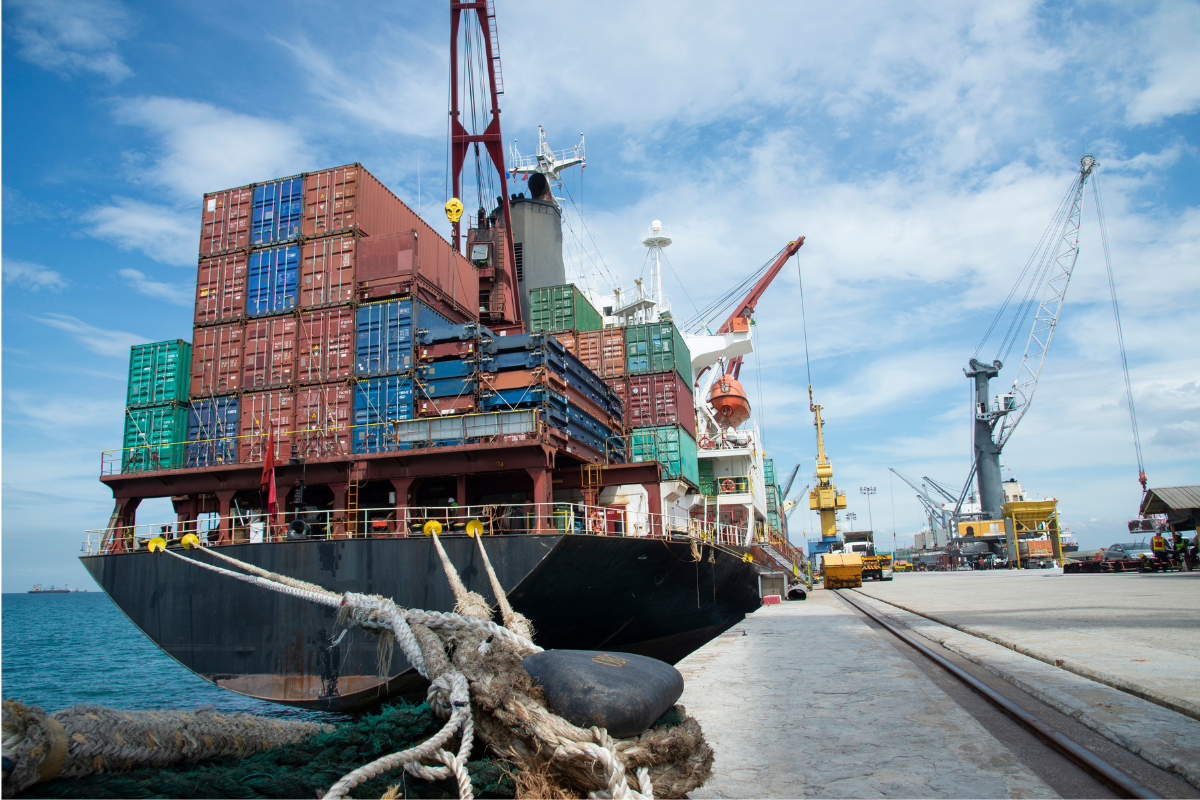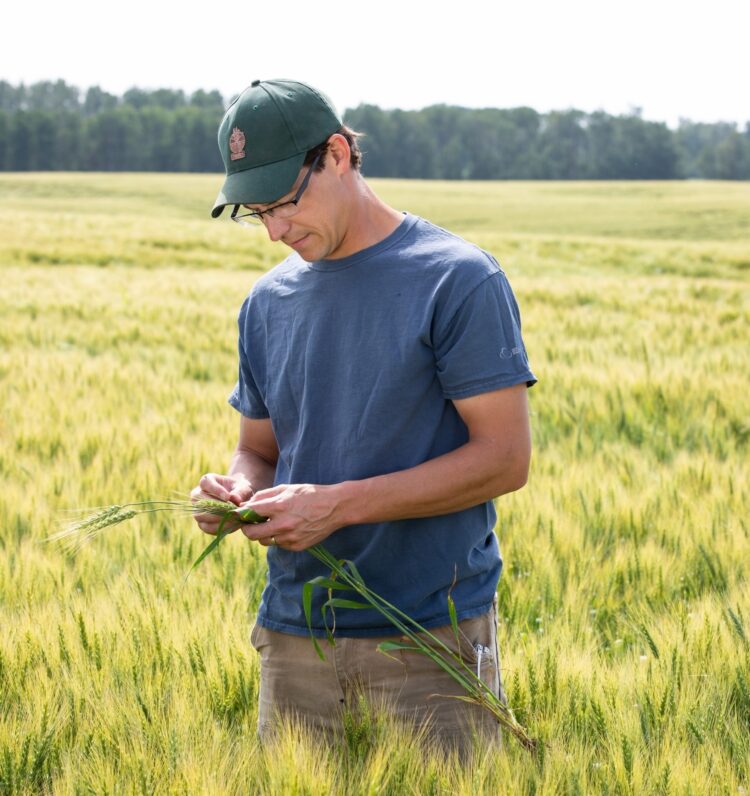Tariffs on Canadian agriculture: Risks, rules and strategies for exporters

The Canadian agriculture sector continues to face tariffs on key exports with major trading partners, including China, India and the United States. These developments underscore the importance of understanding international trade law and the World Trade Organization (WTO) framework. The following outlines the current tariff landscape of Canadian agriculture products and its implications for Canadian producers.
Tariffs on Canadian agriculture products entering China
China has implemented punitive tariffs on Canadian agricultural exports in response to Canada’s measures on Chinese electric vehicles and metals. Effective March 2025, these Chinese tariffs include:
- 100% duties on canola oil, canola meal and peas
- 25% duties on pork and certain aquatic products
Canada’s trade relationship with China – worth billions annually – has been disrupted by these measures, particularly for canola producers who rely heavily upon Chinese markets. The Canadian government has characterized these tariffs as discriminatory and inconsistent with WTO principles, while China argues that they are justified under its interpretation of the WTO trade rules.
Tariffs on Canadian agriculture products entering India
India recently reinstated a 30% tariff on yellow peas, effective November 2025. This move reflects India’s strategy to bolster domestic yellow pea productions. For Canadian exporters, particularly those in Saskatchewan which accounted for over half of Western Canada’s yellow pea production in 2024, the impact is quite significant. Combined with Chinese tariffs, these measures threaten the viability of Canadian yellow pea exports and highlight the risks of market concentration.
Tariffs on Canadian agriculture products entering the United States
While most of Canadian agricultural products are exempt from tariffs under the Canada-United States-Mexico Agreement (CUSMA), recent trade tensions have introduced uncertainty. For example, supply-managed sectors, such as dairy, poultry and eggs, remain only partially protected by CUSMA. These products are subject to tariff-rate quotas, meaning Canadian exporters can ship limited quantities tariff-free, but any exports beyond those quotas will not be protected from tariffs by CUSMA.
The US has imposed 25% tariffs on non-CUSMA compliant goods and threatened additional tariffs on sectors such as dairy and poultry. These developments, coupled with retaliatory measures from Canada, illustrate the current fragile nature of North American trade relations and the potential for furtherescalation.
WTO rules and the most-favoured-nation principle
The WTO’s most-favored-nation principle (MFN) requires member countries to apply equal tariff treatment to all other members unless a preferential trade agreement exists. MFN tariffs create predictability and fairness in global trade, but retaliatory measures, such as those imposed by China and India against Canadian agriculture products, raise questions about compliance and enforcement. Under WTO rules, tariffs cannot exceed “bound” rates established under members’ schedules, with unilateral increases triggering dispute resolution proceedings – as seen in China’s recent request for a WTO panel to review Canada’s tariffs on electric vehicles.
Risk mitigation strategies with respect to tariffs on Canadian agricultural products include:
- Monitoring tariff changes regularly – Staying informed about evolving trade measures in key markets such as China, India and the US.
- Diversifying export markets – Reducing reliance on high-risk jurisdictions by exploring alternative markets. Overconcentration in countries such as China and India increases vulnerability to sudden policy shifts.
- Reviewing and updating contracts – Including tariff-related risk mitigation clauses in supply agreements to allocate risk and address potential cost increases and considering renegotiating provisions, such as force majeure clauses, to reflect possible trade disruptions.
- Understanding quota and compliance rules – Ensuring shipments of supply-managed products (e.g. dairy, poultry, eggs) remain within tariff-rate quotas and meet CUSMA rules of origin to avoid unexpected duties.
As the swells of the international trade waters appear to be far from settling down, Canadian business should remain proactive in managing their legal, contractual and operational risks associated with the tariffs highlighted above. The MLT Aikins agribusiness and food team will happily assist you in navigating these challenges, from compliance and contract review to strategic planning and dispute resolution.
Note: This article is of a general nature only and is not exhaustive of all possible legal rights or remedies. In addition, laws may change over time and should be interpreted only in the context of particular circumstances such that these materials are not intended to be relied upon or taken as legal advice or opinion. Readers should consult a legal professional for specific advice in any particular situation.







